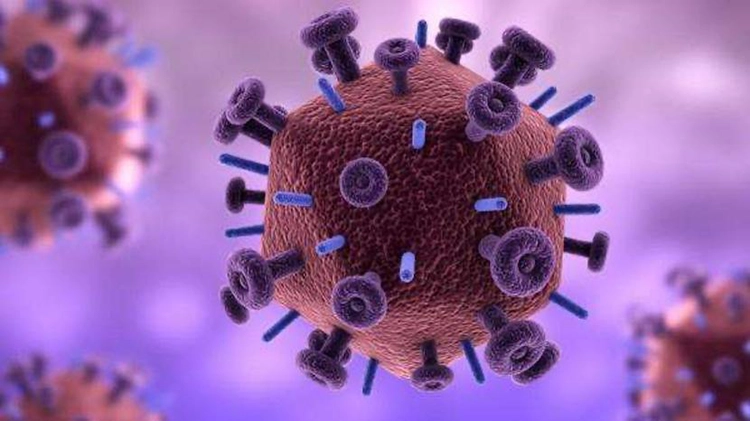HIV has a poor ability to survive outside the body and is sensitive to heat, dryness, and commonly used disinfectants.

The amount of time that HIV can survive depends on the environment.
At room temperature (20℃ ~ 22℃) conditions, the virus infection activity in serum, plasma and other organic liquids can last 14 ~ 28 days.
When the temperature rises to 55 ° C, HIV can be inactivated for 30 minutes;
When the temperature rises 60 ~ 70℃, 10 minutes can be inactivated HIV;
When the temperature rises above 75°C, 5 minutes can also make it inactivated.
In general, the higher the temperature, the shorter its survival time.
But in the ultra-low temperature state (-70℃ ~ -196℃), HIV infection activity can be as long as several months to several years.

HIV is also sensitive to dryness.
After 10 to 20 minutes in dry conditions, HIV will die.
For example, blood containing HIV may still be alive after being left at room temperature for 14 days.
But once the blood is gradually dried out or heated to more than 75 degrees Celsius, the HIV virus will soon die.

For items or surfaces contaminated by the blood or body fluids of AIDS patients, use some common disinfectants, such as 50%-70% ethanol solution, 0.2%-0.5% sodium hypochlorite solution, 0.3%-0.5% hydrogen peroxide or 0.1% household bleach powder for 10 to 30 minutes, you can inactivate the virus on the items.

In daily life, articles contaminated with HIV such as clothing can also be effectively inactivated by boiling for 20 minutes and drying treatment methods.
As long as the correct disinfection method is used, these items contaminated with HIV will no longer cause the spread of the virus.

